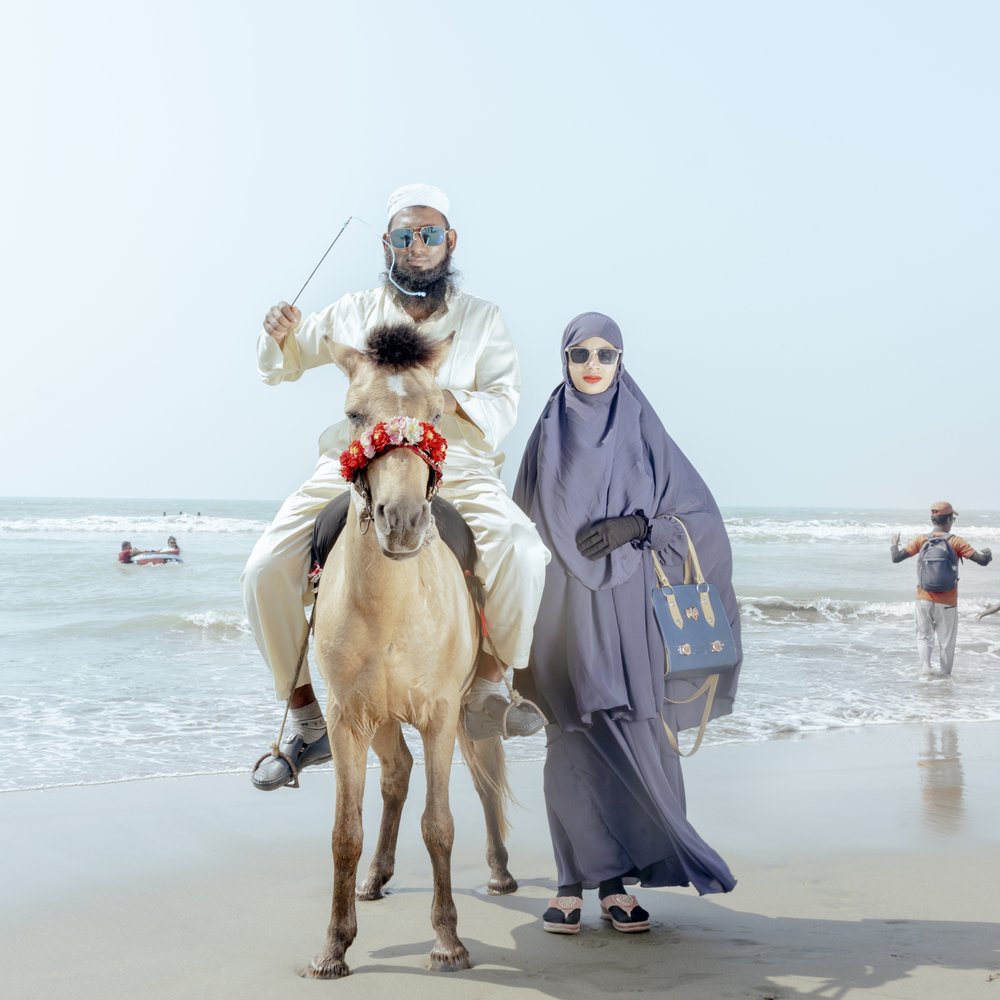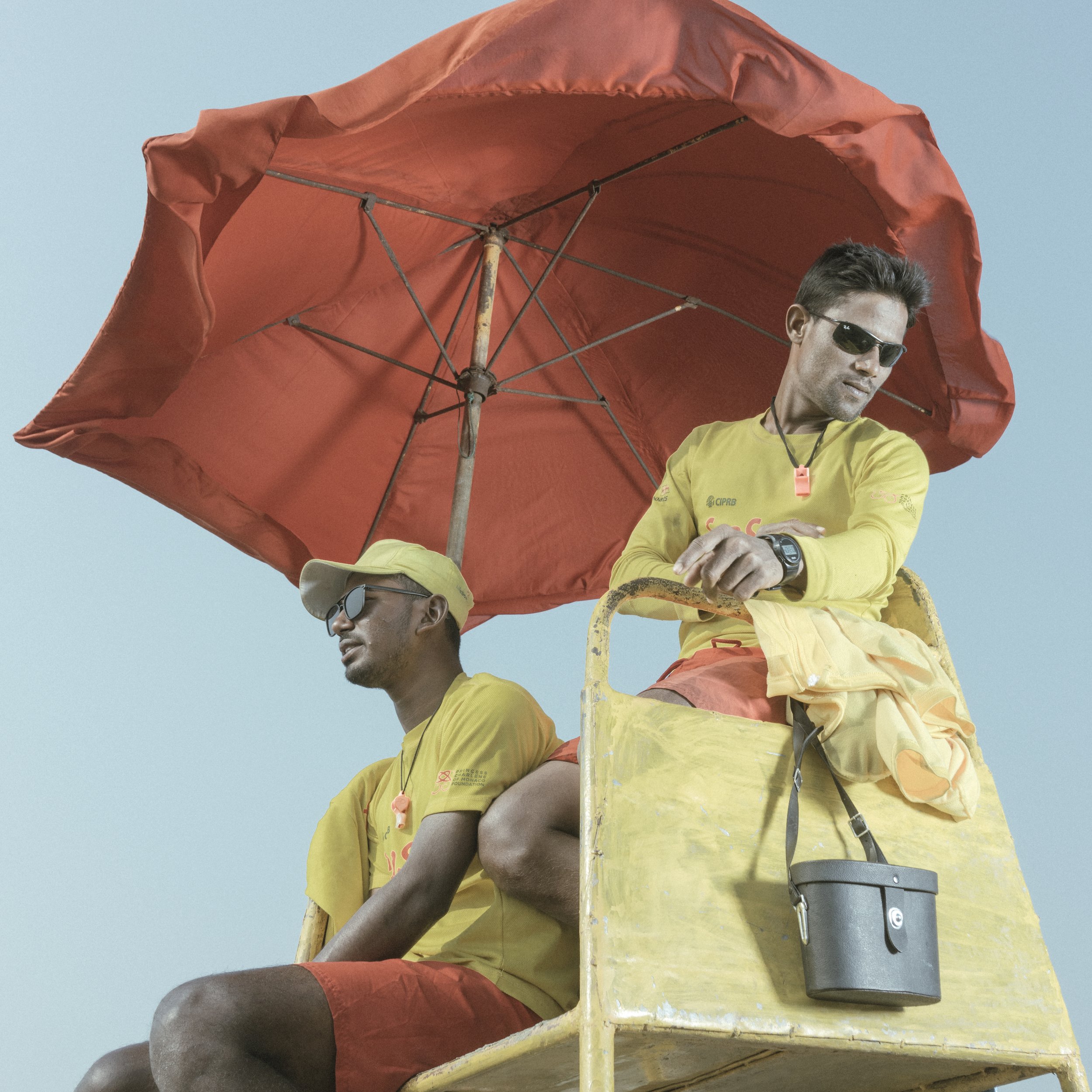Ismail Ferdous
BANGLADESH
Bangladeshi photographer and filmmaker born in 1989, based in New York (USA) and member of Agence VU'.
Ismail Ferdous began to consider becoming a photographer while studying business at East West University in Dhaka. He travelled extensively around the world, in Asia, Europe and the Americas, to learn on the ground. He then focused on documenting, through photography and video, the social and humanitarian issues of our contemporary world. After the collapse of the Rana Plaza garment factory in Dhaka, one of the worst industrial disasters in Bangladesh, he initiated a defence against the devastating effects of the fast fashion industry on the Bangladeshi population (projects The cost of Fashion, then After Rana Plaza).
In parallel to his personal documentary projects, he regularly collaborates with NGOs, media and press organisations for which he produces reports dealing with climate change, natural disasters, access to healthcare or the refugee crisis. At the end of 2016, he left Dhaka and moved to New York, where he continues his work and reported on the end of Trump's mandate, among other subjects.
Winner of prestigious awards (two US National Photo Press Awards, Manuel Ortiz Award, National Geographic explorer grant) his work is regularly published in the international press and exhibited throughout the world: Photoville (NYC USA), United Nations Headquarters (Geneva), Photolux Festival (Lucca, Italy), Tokyo Photograph Art Museum (Japan), Rencontres d'Arles (France).
• SERIES •
Sea Beach Project
Sea Beach Project
Beaches all over the world have their own identity and culture, a singular mix of local traditions and those brought from other countries by passing tourists. Among them, the Bangladeshi beach of Cox's Bazar (the world's longest natural beach) is particularly outstanding.
Growing up surrounded by concrete in a city like Dhaka, Cox’s Bazaar was my most exciting holiday destination in Bangladesh. Located at the southern tip of Bangladesh, along the Bay of Bengal, Cox's Bazar is very different to its regional neighbours such as the beaches of Pattaya in Thailand or Goa in India. It is one of the only places in the country where all cultures meet and mingle, a place where the entire Bangladeshi population can spend a holiday, regardless of social background.
Tourists arrive at the beach dressed in their finest attires, delicately approaching the shoreline, eager to dip their feet in the brackish foams. They stand like pilgrims at the end of a journey, happy to contemplate the horizon. Street vendors roam the beach looking for potential buyers, offering goods and sweets of all kinds. Here it is as if time stands still, allowing everyone to forget their burdens. The children yelp, but there is no raucous yelling in parental response. The air smells of salt and affection.
After living in the United States for several years and returning to Cox’s Bazaar, I am struck by this unique culture. I see my memories reflected in the beachgoers collecting shells, making sand sculptures, or viewing newlywed couples taking photos on the shore. Nothing has changed since the time I came as a child, yet this beach continues to surprise me. This series of photographs represents the duality of my relationship to this place, emblematic of Bangladeshi beach culture. A place which is both familiar and foreign to me.





